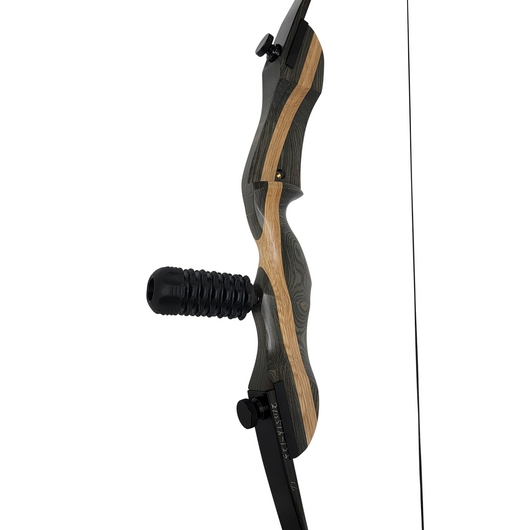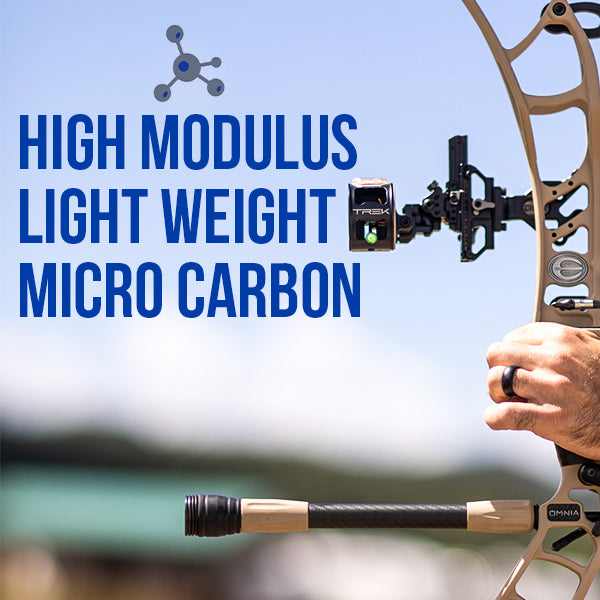Update Your Archery Game: Picking the Perfect Compound Bow Stabilizer
Update Your Archery Game: Picking the Perfect Compound Bow Stabilizer
Blog Article
Optimizing Your Archery Efficiency With the Right Substance Bow Stabilizer: a Thorough Overview
One essential yet often-overlooked element in boosting precision is the substance bow stabilizer. By recognizing the subtleties of picking and optimizing a substance bow stabilizer, archers can fine-tune their tools to elevate their capturing experience to new levels of proficiency and control.
Value of Bow Stabilizers in Archery

Furthermore, bow stabilizers assist in balancing the weight distribution of the bow, which can improve the archer's security while intending and shooting. By including weight to the front of the bow, stabilizers can minimize the amount of torque experienced upon launch, causing a smoother and more controlled shot - compound bow stabilizer. This weight distribution likewise assists in holding the bow steady for a longer period, permitting the archer to aim more accurately
Sorts Of Substance Bow Stabilizers
When taking into consideration the different kinds of substance bow stabilizers offered, it is essential to recognize their distinct functions and features to identify the most appropriate choice for optimizing archery efficiency. The most usual kinds of compound bow stabilizers include sidebar stabilizers, front stabilizers, and back stabilizers. Back stabilizers, also called back stabilizers, are mounted to the back of the bow and assist in counteracting the weight of other accessories, resulting in improved security and consistent intending.
Factors to Consider When Picking
In reviewing compound bow stabilizers, recognizing the distinctive attributes and features of each type is critical for making a notified decision on the most suitable alternative to boost archery performance. When picking a stabilizer, one need to take into consideration the weight of the stabilizer itself. By very carefully reviewing these factors, archers can select a compound bow stabilizer that aligns with their shooting design and optimizes their total efficiency on the archery array.
Installment and Modification Tips
For optimum performance and accuracy in archery, mastering the installation and modification of your bow stabilizer is vital. Correct installment starts with affixing the stabilizer to look at here now the bow's riser, ensuring it is firmly protected. The majority of stabilizers feature placing hardware for very easy setup, but it's critical to follow the supplier's guidelines for the particular model you have. Once connected, adjusting the stabilizer entails discovering the appropriate equilibrium between weight circulation and length. Explore various mixes up until you attain the wanted feeling and security.
When adjusting the stabilizer, begin with small step-by-step modifications as opposed to radical changes. This allows you to assess the influence of check it out each modification precisely. Take notice of just how the bow reacts to adjustments in stabilizer setups and make changes accordingly. Bear in mind that the goal is to discover an arrangement that minimizes hand torque, minimizes vibration, and enhances precision. Consistently inspect the stabilizer's rigidity and general problem to guarantee it continues to work efficiently. By understanding the installment and change process, you can maximize your archery performance and raise your shooting experience.
Maintenance and Care Guidelines

It is likewise crucial to check my blog keep your bow with the stabilizer in a secure and safe location when not in usage. Following these upkeep and treatment standards will help you get the most out of your bow stabilizer and boost your total archery performance.
Conclusion
Finally, picking the ideal substance bow stabilizer is vital for optimizing archery performance. Understanding the importance, kinds, factors to think about, installment and change pointers, as well as maintenance and care standards can significantly influence one's precision and uniformity in shooting. By choosing a stabilizer that matches individual requirements and preferences, archers can boost their total efficiency and accomplish better results on the range or in competitors.
Bow stabilizers play a crucial function in enhancing an archer's precision and consistency by decreasing resonances and maintaining the bow throughout the release of an arrowhead - compound bow stabilizer.Additionally, bow stabilizers assist in balancing the weight circulation of the bow, which can improve the archer's security while shooting and aiming. The most common kinds of compound bow stabilizers include sidebar stabilizers, front stabilizers, and back stabilizers. Back stabilizers, likewise called back stabilizers, are installed to the back of the bow and help in reversing the weight of various other accessories, resulting in enhanced security and stable aiming. When picking a stabilizer, one must take into consideration the weight of the stabilizer itself
Report this page